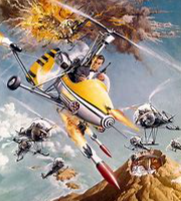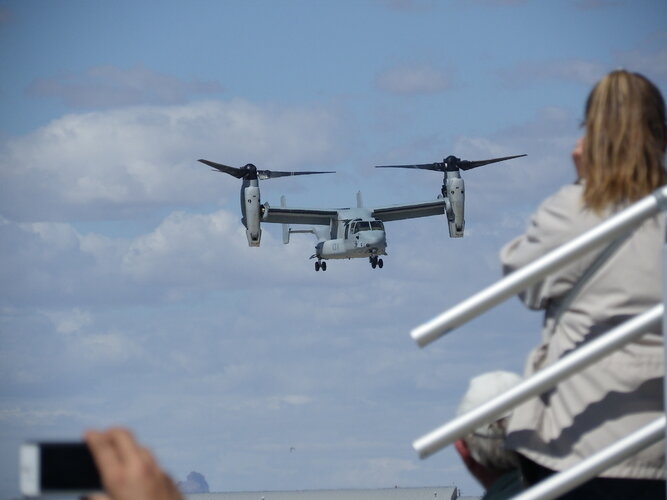From various pieces on the Rotodyne (one of my personal favourite WIF's) a perceive problem in tactical operations was the noise level and the light of the type jets giving away the position of the aircraft in night operations. I have asked before what technical advances have happened in the intervening time and how that would have affected the Rotodyne.
Tony Williams recently posted this link on the thread about Rotodyne, which shows some recent developments;
f
In the late 80's I talked with a friend about a Light Tactical Helo using a conventional rotor system and a ducted fan of the type used on the Optica Observation plane - I don't know if the still exist - and he did a brilliant sketch for me (he was a brilliant artist) I have no idea what happened to it, probably fell victim to one of my mum's purges of my accumulated information - AKA that mess. I have a vague hope that it may turn up one day stuck in the pages of a book. One thing I did wonder about was if the ducted fan would generate enough tork to counter the main rotor or would some sort of fenestron be necessary in the tail plane.


